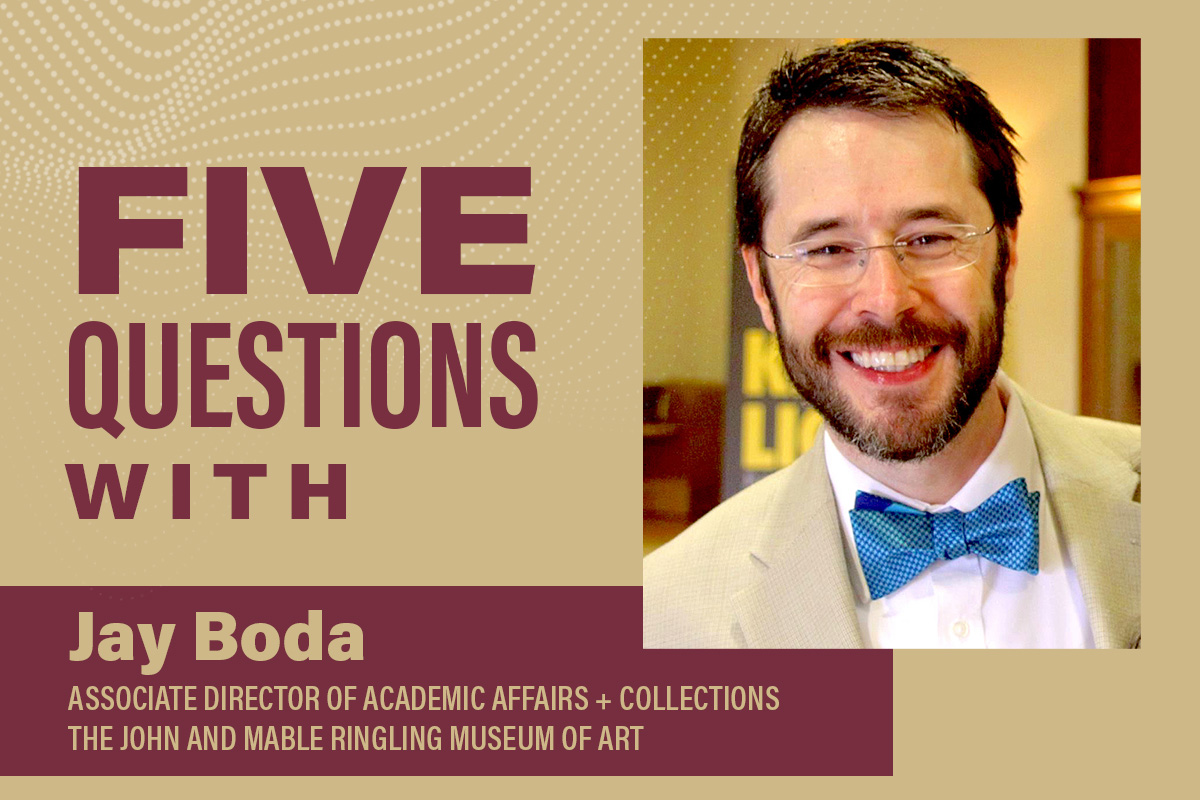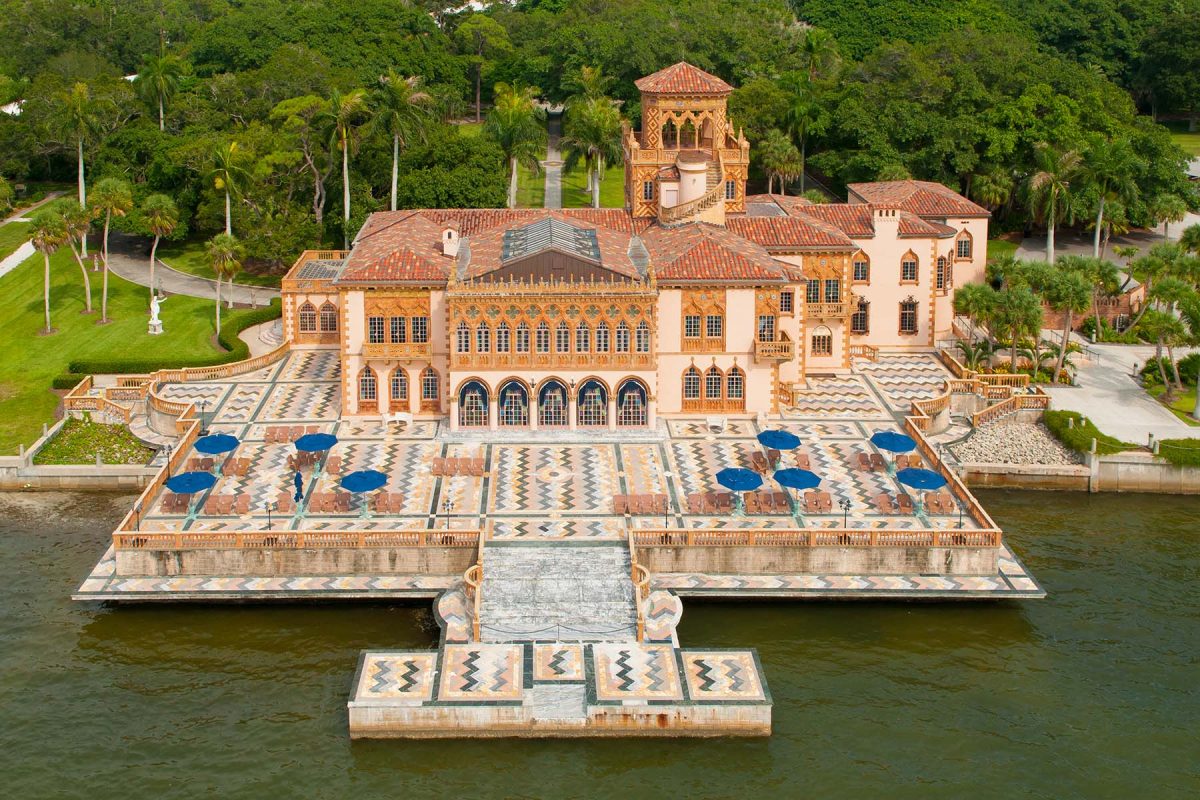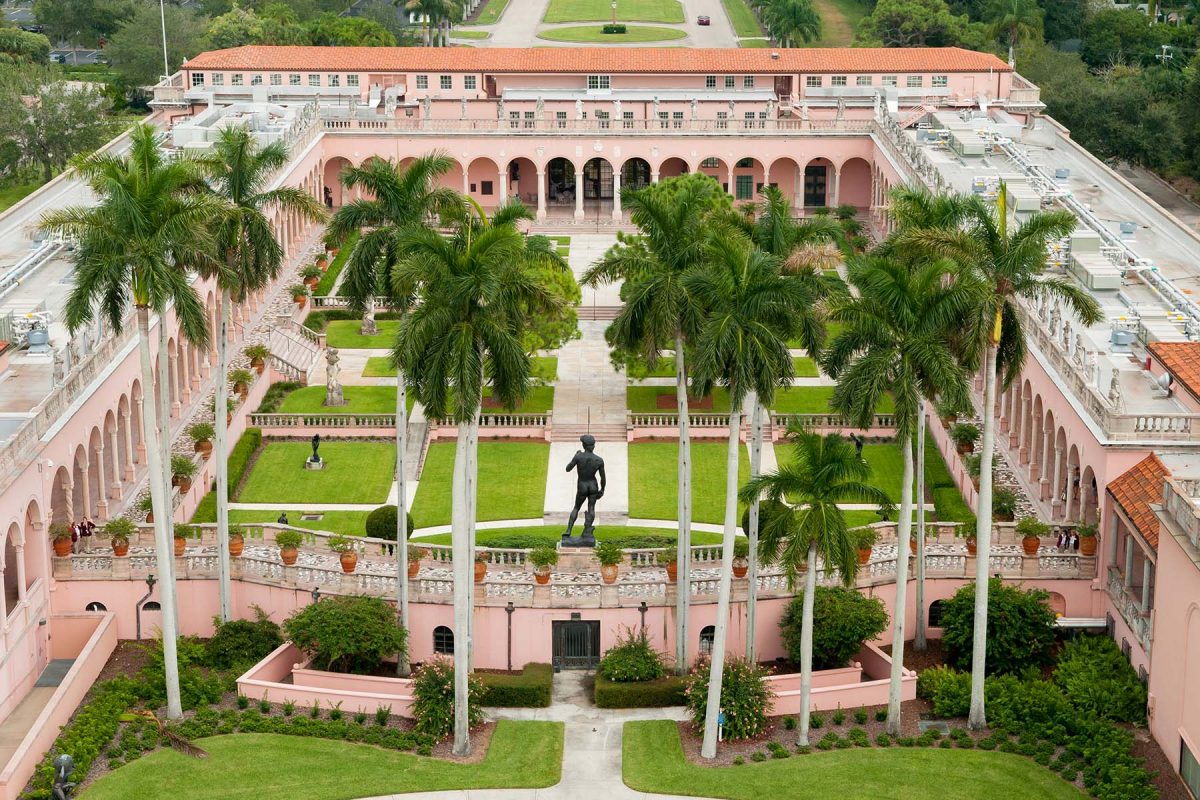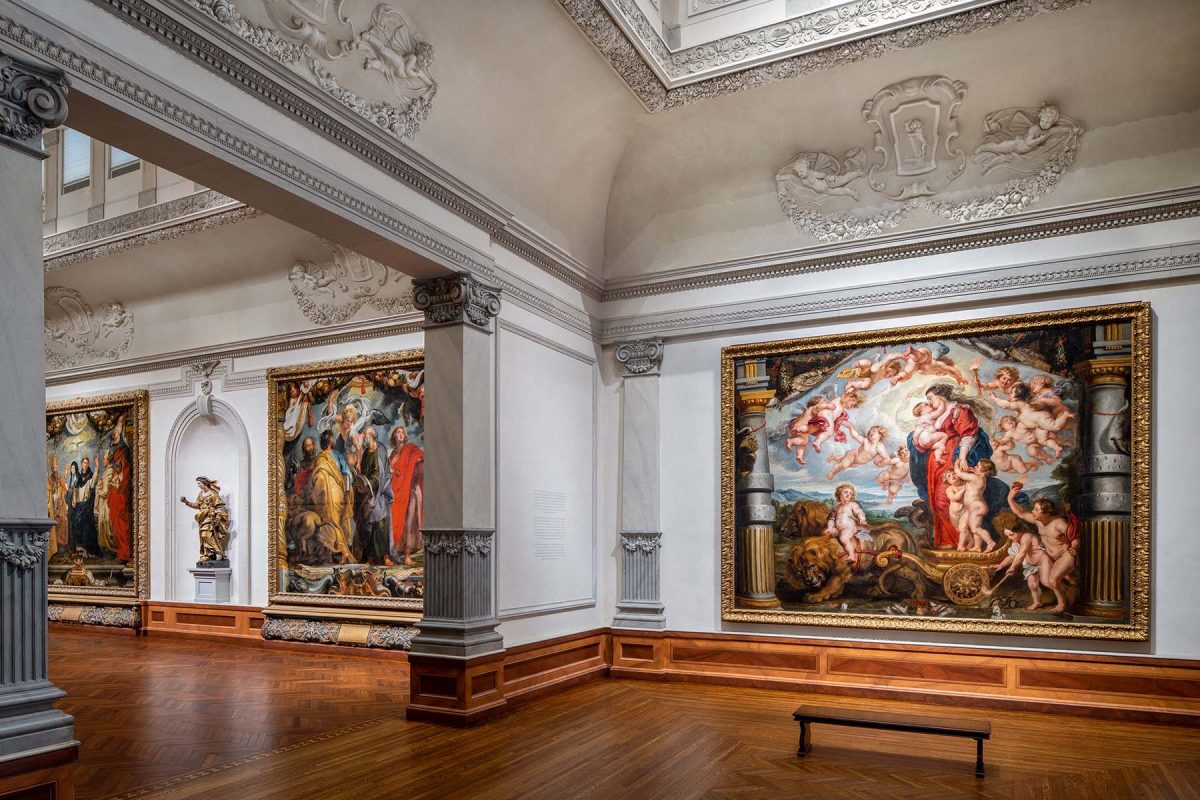
At The John and Mable Ringling Museum of Art in Sarasota, Florida State University students can gain career-building experience working in a variety of museum departments such as archives, collections, development, education, library, and a performing arts theater.
Helping to facilitate these student experiences is The Ringling’s Associate Director of Academic Affairs and Collections, Jay Boda.
Since 2000, the museum has been governed by Florida State University, making it one of the largest university art museums in the nation. This connection gives FSU students access to the 66-acre campus, which boasts more than 200,000 square-feet of galleries featuring eclectic collections ranging from antiquity to contemporary.
Boda supervises academic programs at The Ringling and oversees its program team consisting of archives, collections, education and library departments. Programs like the Department of Art History’s Museum and Cultural Heritage Studies Master of Arts and the specialized program in Museum Education and Visitor-Centered Curation offer courses and internships at The Ringling.
“The Ringling is a major asset to our university and our students and Dr. Boda himself is an incredible asset,” said Lorenzo Pericolo, chair of the Department of Art History. “His dedication to our Art Education and Art History students is unmatched.”
After 20 years of service in the United States Air Force, Boda retired as a Master Sergeant and followed his passion for education in museums. In 2011, he started his museum career as a volunteer docent at the Dalí Museum in St. Petersburg, Florida.
Boda answered questions about his life and work.
What is your role as a faculty member at The Ringling?
On the academic affairs side, I oversee the programs related to higher education, such as internships and fellowships. Internships at The Ringling are connected to FSU’s art history and art education programs. On the collections side, I oversee the program team consisting of archives, collections, education, and library departments. While it’s easy to put your blinders on and stick to your lane, I try to help staff to think bigger and look at how we can maximize opportunities for a performance or an exhibition. We need to think about how to leverage our strengths across all departments to create the best experience for the visitor.
What unique perspectives do you believe you bring to the position?
I am a retired Air Force Master Sergeant — I served for 20 years, and I think that provides a specific perspective on collaboration, teamwork and seeing the bigger picture. I also think being in the military instilled in me a sense of public service. I have worked in different types of museums since I finished my education and I’m happiest working in a public capacity.
I started at The Ringling mid-pandemic when programming was more limited. Now, I’ve been trying to expand our audience. For example, I’m working with veteran groups and student-veteran groups. We want to show veterans what we can offer and that museums include them, too. It comes back to fostering empathy and understanding between our communities.
How has your doctoral research through FSU’s Museum Education and Visitor-Centered Curation Program prepared you for your advancement in museum development?
A: My doctoral research was specific to contentiousness in art museums. Art can elicit a lot of reactions from people. Sometimes it creates a sense of awe, sometimes it challenges and provokes us to question our values. Anyone in a museum who wears a badge and interacts with visitors speaks on behalf of the museum. I was curious as to how these museum professionals contend with gray-area topics.
FSU’s Museum Education and Visitor Centered Curation Program prepared me for what I do today because I try to instill a sense of empathy for the visitor within students and interns. We want to foster relevance and personal meaning for people who come into museums.
How do the classes you teach at The Ringling relate to FSU’s main campus?
I teach two graduate-level classes for the Department of Art History supporting the Museum and Cultural Heritage Studies Program (MCHS). Every student who starts at the MCHS program completes the first year of their master’s at FSU’s main campus in Tallahassee. After that first year, students have the option to take The Ringling Course. Here, they do a two-semester in-residence internship at The Ringling and take two graduate courses with me—one is on exhibition-making, the other on public programs.
What advice would you give FSU interns and students you work with?
Many students come into the internships with previous classroom experience in the museum or cultural heritage sector, so I try to operationalize what they’ve learned. My advice for students seeking careers in museums is that they need to show how they can positively impact the organizations they apply to. I assign skill-building tasks they can then include on a resume to demonstrate how they positively impacted The Ringling. Those hard skills are what a lot of employers need from early career professionals.
For more information, visit ringling.org.







